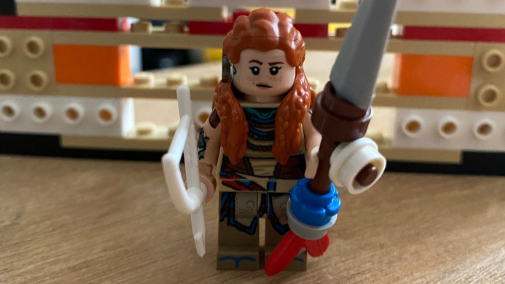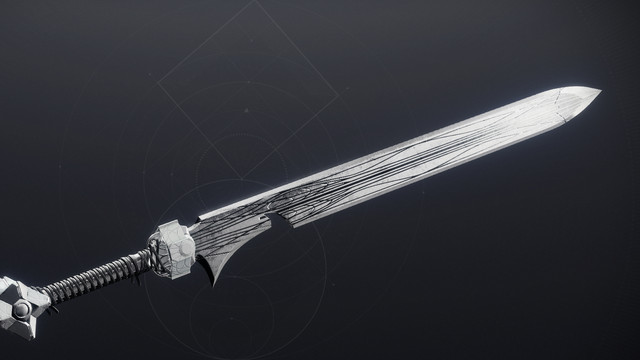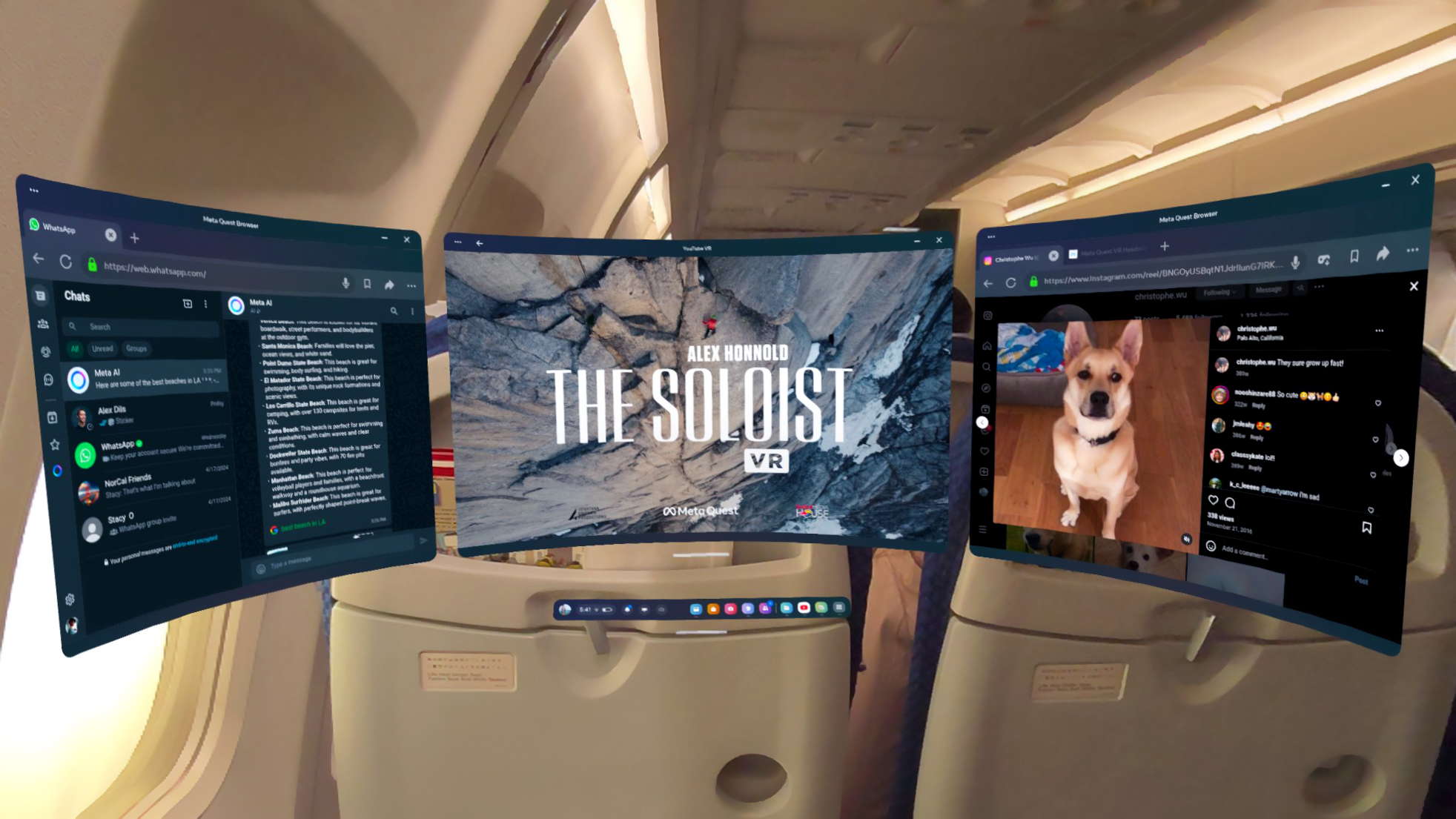Private Internet Access has been around since 2010 and, despite a growing number of features, remains affordable. For many, it ranks among the best VPNs thanks to its large server network, strict no-logs policy, and highly customizable apps. Yet some will undoubtedly be put off by PIA’s parent company, Kape Technologies, which has something of a checkered past.
Private Internet Access – Server Network and Coverage
An increasing number of VPNs are no longer specifying how many servers they offer, Private Internet Access included. Although PIA wasn’t prepared to provide this information when asked, we do know that it has previously claimed to have more than 35,000 servers. If that’s still the case, it’s by far one of the biggest VPN networks available.
There are various reasons a VPN provider may prefer not to disclose its server count. It could be that PIA’s focus is on quality rather than quantity. Or perhaps the number fluctuates too much to provide an accurate figure. Whatever the case, PIA’s network covers 91 countries which is more than most VPNs
Particularly notable is PIA’s huge US presence covering dozens of cities from Albuquerque to Virginia Beach. It also has servers in four cities in Canada (Montreal, Ontario, Toronto, and Vancouver). As such, PIA is a particularly good choice for users in North America who are looking for local servers for the fastest possible connection.
PIA covers all of the counties expected from a major VPN provider. Aside from the US and Canada, there are servers in multiple locations in Australia, Germany, Spain, and the UK. With the scale of this server network, PIA is well placed to help users bypass content restrictions from home and when traveling abroad.
Private Internet Access – Speed and Performance
One of the key differences between quality paid VPNs and free VPN services is speed. Due to the encryption process and data re-routing, all VPNs will slow your connection to a degree. However, some VPNs are able to mitigate this, be it by providing plenty of servers to lessen server load, offering unlimited bandwidth, or using fast VPN protocols such as WireGuard.
It’s worth keeping in mind that your VPN connection may be very fast one day and less impressive the next. There are numerous influencing factors including your base internet speed and the current server load. Connecting to a VPN server further afield is also likely to reduce your connection speed due simply because data has to travel further. However, I strive to ensure that the testing conditions are as similar as possible for each VPN service tested.

When analyzing VPN speeds, I connect to three different server locations: the closest to my physical location in Spain (usually Barcelona or Valencia), a server further afield (New York), and then one even further still (Tokyo). To ensure I’m getting a reliable average, I test each server nine times over three mornings, afternoons, and evenings. That way, I’m able to experience the servers at their busiest as well as during off peak hours.
All speed tests were carried out on MacOS over a Wi-Fi connection using the WireGuard protocol:

As is to be expected, my connection speed was far faster when not connected to PIA (300 Mbps). My fastest speeds when connected to the VPN were on its Valencia servers (146 Mbps). Despite the much greater distance between my location and New York, there wasn’t a significant dropoff in speed (111 Mbps).
Where I did have trouble was connecting to PIA’s servers in Tokyo. The average connection speed was just 32 Mbps – though that doesn’t tell the whole story. Although speeds in one test reached 77 Mbps, I more commonly encountered speeds of as little as 5 Mbps. Indeed, it was often a struggle to measure the Tokyo server speeds due to frequent “This site can’t be reached” errors.
PIA’s global average speed worked out to 96.3 Mbps, brought down rather significantly by its very slow Tokyo servers. However, this average was still ahead of both NordVPN (75 Mbps) and IPVanish (83.6 Mbps). The likes of Surfshark (104 Mbps) and ExpressVPN (118 Mbps) came out on top, thanks to their more consistent speeds across the three server locations tested.

Just remember that the speeds you experience are likely to differ based on factors such as your physical location, the VPN location to which you connect, and your base connection speed.
Private Internet Access – Unblocking and Streaming Capabilities
Whether at home or overseas on vacation, you’ve likely come across online content that’s region-locked. Copyright and licensing laws are a common reason, as in the case of streaming services. Internet censorship is an issue in many countries, often affecting news sites, social media services, and more. One of the advantages of using a VPN is that you can change your IP address, spoof your location, and bypass these restrictions.
Not all VPNs are equally capable when it comes to unblocking. Streaming platforms often have the toughest restrictions, employing a number of methods to prevent the use of VPNs. For this reason, we tested Private Internet Access against a variety of them. We wanted to find out just how reliable PIA is for unblocking and how it compares to other popular VPN providers.
PIA successfully unlocked and streamed content on Netflix US and Netflix UK, as well as Amazon Prime Video and BBC iPlayer. However, it failed to work with Hulu. Even with the streaming platforms it worked with, there was still a little bit of trial and error involved.

Note that PIA offers streaming-optimized servers in several countries and we found that these generally had a higher success rate with the aforementioned streaming services. All in all, PIA is only a competent unblocker, so it’s not the very best VPN for streaming. Just don’t be afraid to try more than one server and remember to clear your browser’s cookies between each new attempt.
PIA’s speeds are such that you won’t have any difficulty streaming (or indeed multiplayer gaming). Although you’ll be connected to the OpenVPN protocol by default, you’re likely to enjoy a faster connection with WireGuard. This newer, more lightweight protocol has become the first choice of many major VPN providers in recent years. Add to this PIA’s unlimited bandwidth and 10 Gbps servers, and you can expect streaming that’s largely free of lag and buffering.
Private Internet Access – Security Features
By default, Private Internet Access uses 128-bit AES (GCM) encryption. That’s probably enough for most users and is faster and less resource-hungry than its 256-bit AES counterpart. Regardless, you can choose between them both. When switching from OpenVPN to WireGuard, the encryption becomes ChaCha20 which is also considered to be highly secure.

Any quality VPN should not only offer a high level of encryption, but protection from leaks. The good news is that I didn’t find any DNS, IPv6, or WebRTC leaks in testing. A kill switch feature (which you can toggle on or off), available in all apps, prevents you from accessing the internet in the event that the VPN connection drops. This prevents your data, such as your IP address, from being leaked while not encrypted.

Another feature included with your subscription is MACE, PIA’s built-in ad blocker. Available on Windows, MacOS, and Linux, it blocks ads and trackers at the DNS level. I like to compare the effectiveness of VPN ad blockers so I used an ad block test while connected to PIA with MACE activated. It prevented 85 percent of ads from getting through. While not as good as Brave Browser’s ad blocking (97%), it performed better than some rival VPN ad blockers.

That’s not all PIA offers however. With Multi-hop, you can add an extra layer of encryption to your data. This is achieved through the rerouting of your internet traffic via a proxy. You may want to activate this feature if dealing with particularly sensitive data. However, it will slow your connection to a greater degree due to the extra data rerouting involved. Last but not least, PIA provides an optional add-on in the form of an antivirus for Windows (7 and above).
Private Internet Access – Privacy and Logging Policies
You’d hope that a Virtual Private Network called Private Internet Access is indeed private. We can’t just take it at its word however, particularly when PIA is owned by Kape Technologies (which also owns ExpressVPN and CyberGhost). Kape Technologies was previously known as Crossrider, a malware distributor.
Another slight concern for privacy advocates is that PIA is headquartered in the US, which is part of the Five Eyes intelligence alliance. This alliance has an agreement to mutually share surveillance data between member countries. The concern is that PIA may be compelled to hand over user data as part of this agreement.
Fortunately the above concern is allayed by the fact that PIA operates a no-logs policy. We dug through its privacy policy which confirms that it doesn’t keep any identifying logs, such as IP addresses or browsing history. Better still, it doesn’t even keep connection logs, such as timestamps, like some VPN providers.
It’s worth emphasizing that PIA underwent a third-party security audit by Deloitte in 2022. This reviewed PIA’s infrastructure and verified its no-logs policy, a policy which has stood up to subpoenas and been proven in court. PIA doesn’t keep identifying data and therefore can’t provide it even if requested.
It would further ease my mind if it was possible to sign up for PIA anonymously. Unfortunately, it’s compulsory to provide an email address. While you can provide a burner email, payment will still be tied to your identity. Even if you use cryptocurrency, which can provide a level of anonymity under the right circumstances, payment is processed by BitPay which isn’t an anonymous platform.
Overall, Private Internet Access checks more boxes than not with regard to its privacy and logging policies. However, it still falls short of Mullvad, which assigns you a random account number as opposed to requiring an email address. Mullvad also accepts payment in cash, making it a truly anonymous VPN solution.
Private Internet Access – Signup and Setup
Getting started with Private Internet Access is fairly self-explanatory. You have three different plans to choose from, all of which are covered by PIA’s 30-day money-back guarantee. Once you’ve selected a subscription plan, you’re taken to the payment page where you can choose between paying by credit card, PayPal, or cryptocurrency. You also have the option of adding on PIA’s antivirus or a dedicated IP address.
Having signed up, I received an email from PIA with a randomly generated username and password. Note that you can change this password via the Account Settings section on PIA’s website. With your new login credentials, it’s now possible to access PIA’s apps (if you haven’t yet downloaded the app, you can now do so via the website, Google Play, or Apple App Store). Downloading and installing only takes a minute and there’s on-screen instructions to help.
Private Internet Access – Apps and Compatibility
If you have a lot of devices to secure or you simply want to share your VPN with others at home, know that Private Internet Access doesn’t limit the number of simultaneous connections you can have.
PIA provides apps for all of the following:
- Windows
- MacOS
- Linux
- Android
- iOS
- Amazon Fire TV
Browser extensions are also available:
- Chrome
- Firefox
- Opera
Keep in mind that browser extensions only protect your browser traffic. If you also want to secure traffic beyond this (apps), you’ll need to use a VPN app instead.
With manual configuration, you can also use PIA on select Wi-Fi routers (it supports OpenVPN), protecting your entire home network:
- DD-WRT
- LEDE
- AsusWRT
- pfSense
Before I give my opinion on PIA’s apps, I should point out that PIA has announced an app redesign with an updated user interface. This is already available for Android and will be rolled out across the other platforms later this year. For now, I’ll be reviewing the current version available for MacOS and iOS and updating in the near future upon the new app’s release on all operating systems.

With that having been said, the apps aren’t the most beginner-friendly in their current state. On opening the app, you’ll encounter a sea of information. The information is stacked vertically and includes quick connect options, data performance, data usage, quick settings, connection data (protocol, encryption type), and more. If this is your first time using a VPN, it’s likely you’ll be a little overwhelmed.
Although the apps feel a bit too cluttered, many people will appreciate the high level of customization they allow. With a single click (or drag and drop), you can send specific sections to the top of the pile, making it easier to see the information that’s most relevant to you. This is all pretty seamless and it’s even possible to hide all of the clutter and have a more simple, stripped-down window if that’s what you’re looking for.
One standout feature is the option to favorite specific servers for faster future access while it’s also helpful to see each server’s latency. You can really personalize the apps to your heart’s content, with light and dark themes available.
The settings pages are easy to access and navigate. You can change your protocol and encryption level by selecting your preferred choice from a dropdown list. Other options such as the kill switch can be toggled on and off as and when they’re needed. While some features like the kill switch and Multi-Hop include explanations, it would be helpful if the VPN protocols and encryption types had the same.
Private Internet Access – Customer Support
With 24-hour live chat and email support, Private Internet Access makes it easy for you to get help as and when you need it. This is one of the advantages of opting for a paid VPN over a free VPN service.
I tested PIA’s live chat feature on several occasions. I wanted to find out if PIA’s 30-day money-back guarantee covers all subscription plans (it does) as well as just how many servers the service offers (PIA doesn’t disclose this). Fortunately, I largely PIA’s support to be quick and helpful. I never had to wait more than a minute or two for an agent to become available and usually had the information I needed within minutes.

Live chat is expected to be quick but response times to emails can vary wildly. To test PIA’s email support, I sent three different emails, all on different days and at different times of day (morning, afternoon, and evening). With an average response time of just over 9 hours, PIA isn’t especially fast compared to ExpressVPN. However, the quality of its answers were far better than any other VPN I’ve tested. Overall, its support is really very good.

There may be times when you simply want to search for a solution yourself, in which case, you’ll appreciate PIA’s extensive knowledge base. This is packed with frequently asked questions, articles on best security practices, and more. PIA offers in-depth, step-by-step setup guides as well. The only thing these setup guides are missing, particularly when compared to other VPNs, is accompanying screenshots so that they’re even easier to follow.







